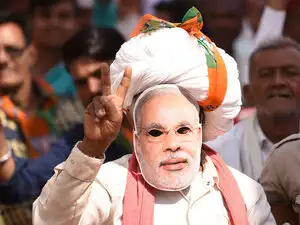
New Delhi (CNN)There are many reasons people go to India: the culture, the food, the weather. But in recent years, another factor drawing visitors is health care.
India's medical tourism industry could grow by 200% by 2020, hitting $9 billion, according to Ministry of Tourism figures. As it tries to expand the industry, the country is trying to make it easier for people to come for medical reasons. It's touting advanced facilities, skilled doctors and low-cost treatment but also traditional practices such as yoga and Ayurveda.
"India can provide medical and health care of international standards at low costs," Tourism Minister KJ Alphons said in written response to a query in the Lower House of Parliament. "India excels in the state of the art medical facilities, reputed health care professionals, quality nursing facilities and traditional healthcare therapies."
In 2015, India ranked as the third most popular destination for medical tourism, when the industry was worth $3 billion. The number of foreign tourists coming into the country on medical visas sat at nearly 234,000 that year.
By 2017, the number of arrivals more than doubled to 495,056, government figures show.
Visa rules have also been changed to encourage applications.
"The e-tourist visa regime has been expanded to include medical visits as well. Medical and medical attendant visas have been introduced to ease the travel process of medical tourists. The maximum duration of stay in India under the e-medical visa is a longer duration of six months," Alphons said.
Still, it's important to be cautious when it comes to predictions, said Johanna Hanefeld, an associate professor of health policy and systems at the London School of Hygiene and Tropical Medicine.
"One of the challenges is that the figures cited are based on the private sector. It's private individuals paying private providers. Any type of figure tends to be relatively speculative. The initial wave of predictions was business analysis and research and was based on the thinking that people go on cost and quality alone. And essentially being a world with disappearing borders, this was an area of growth," Hanefeld said.
"In the last five years, these predictions have been down scaled because health is a difficult issue, and people make decisions based on a number of reasons such as culture, proximity or perception of care. These are not rational decisions based purely on economics."

No comments:
Post a Comment